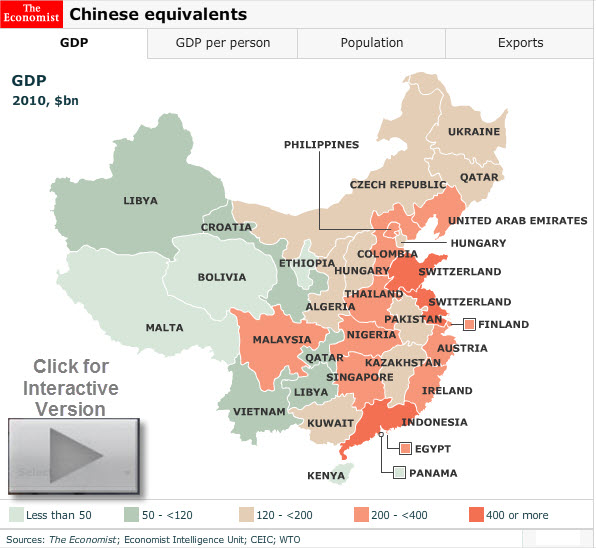Business Posts Moving the Markets that I Found Interesting This Week:
- ETFs to Top 2nd $ Trillion in 3 Years; it took 18 years to get the 1st. (STM)
- Market Confidence, Tricks and Placebos. (PsyFiTec)
- Is Apple On Target For Its First $100 Billion Revenue Year? (Forbes)
- McDonald's to hire 50,000 workers, starting April 19th. (Money)
- Data Guru Warns of Future 'Bots Hacking the Markets. (Barrons)
- More Posts Moving the Markets.
Lighter Ideas and Fun Links that I Found Interesting This Week
- 6 Questions to Uncover Intellectual Capital in Your Business. (HighSpot)
- How China and Others Are Altering Web Traffic. (TechReview)
- OMG! Oxford English Dictionary Adds LOL to its Pages. (Wired)
- The World's Biggest Family? 39 wives, 94 children and 33 grandchildren. (DailyMail)
- Time to Get Rid of $1 Bills? Ditching Paper Money Could Save Billions. (TheWeek)
- More Posts with Lighter Ideas and Fun Links.


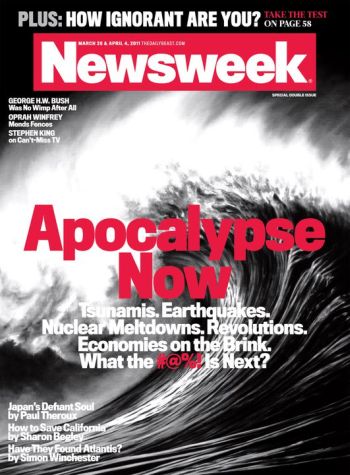
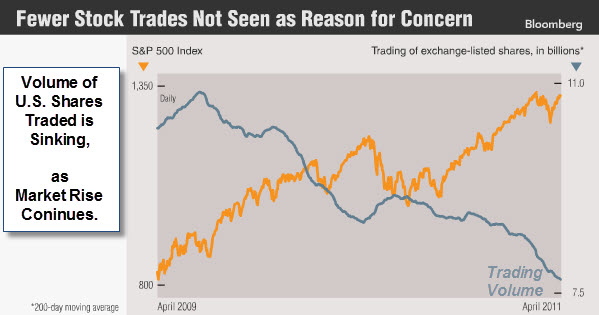
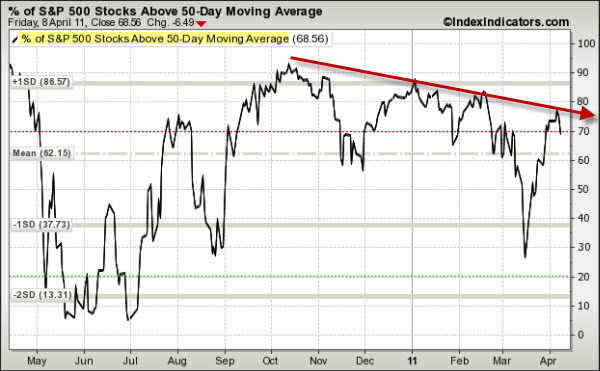

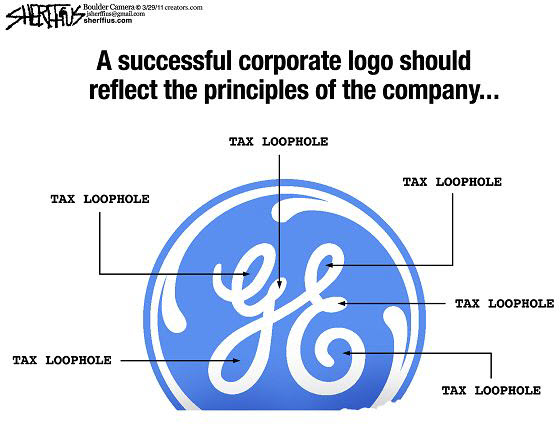


 Some weekend reading.
Some weekend reading.
